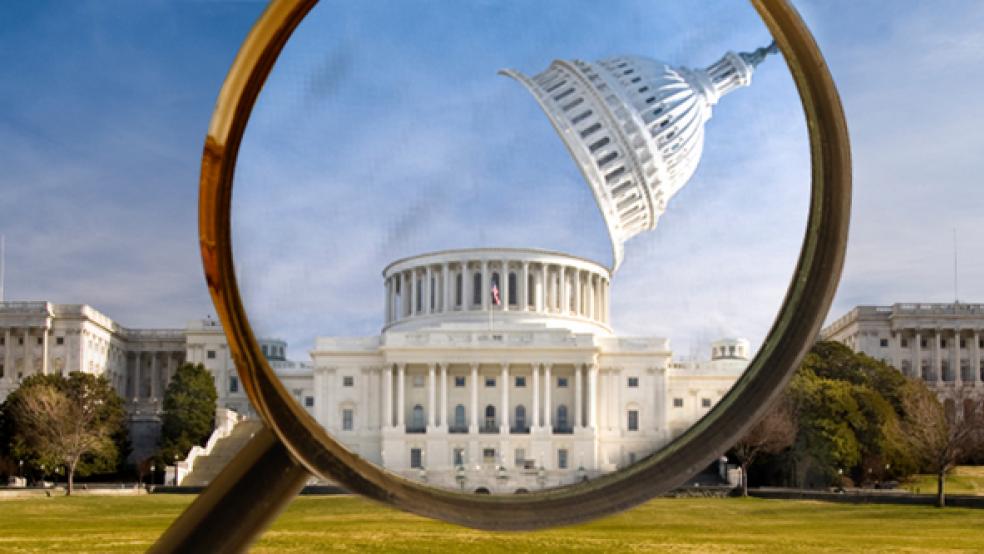Top managers at federal agencies are bailing out of their senior-level jobs at an increasingly rapid rate, amid pay freezes and budget cuts – while the government struggles to recruit new workers to fill those presumably valued positions.
A new study by students at George Washington University’s Trachtenberg School of Public Policy in D.C., in conjunction with Senior Executives Association, a nonprofit professional organization, found a “notable increase in the separation rate” of senior executives in recent years. There was a 44 percent increase in departures between 2009 and 2013, the study said.
Related: Obama’s Workforce Discouraged, Disincentivized, Downsized
The turnover rate among Senior Executive Service (SES) members also increased, from 7.2 percent in 2009 to 9.8 percent in 2013. SES members are defined as “a cadre of over 7,000 career federal employees who serve in executive-level leadership roles throughout the federal government,” the report says.
As might be expected at a time when waves of baby boomers are reaching retirement, the age of the senior executives tended to be the main reason for their exit – about 80 percent of those leaving said they were retiring voluntarily. But here’s what’s noteworthy: Fourteen percent of people resigned, 4 percent accepted early retirement and 3 percent left under other circumstances, the report said.
Of those leaving for non-retirement-related reasons, senior executives said that pay, the suspension of awards, and sequestration were the main factors behind their decisions.
“The current Congress and administration need to realize that politics as usual will only exacerbate these trends, with the net result being a growing brain drain that hurts our government and the American people it serves,” Carol Bonosaro, president of SEA, said in a statement.
The report’s authors said that federal agencies should be doing more to retain senior executive service employees as well as to better recruit and prepare a new group of leaders.
Related: Why it’s Still Not Cool to Be a Federal Worker
A Government Accountability Office report released last year said that 30 percent of the more than 2 million federal employees will be eligible to retire in the next three years – meaning that the government will have no choice but to start reaching out to young people to fill jobs, absent restructuring or streamlining.
Hiring talented young workers may well prove to be a challenge, however. A separate study by Harvard University’s Institute of Politics found that young Americans have less trust in government than ever before – begging the question, then: Why would they go to work for the government?
Recruiting young people won’t be the only struggle, though. Retaining workers is likely to also present challenges.
The researchers acknowledged that amid growing budget pressures and political scandals, raising senior executive pay is unlikely. So they offered other ideas for incentives to retain older workers.
“Increasing pay to SES members may be difficult due to current political pressures and budget limitations,” the researchers wrote. “However, non-monetary acknowledgments of SES efforts and successes are low-cost ways to improve satisfaction and morale with the service.”
Top Reads from the Fiscal Times:





